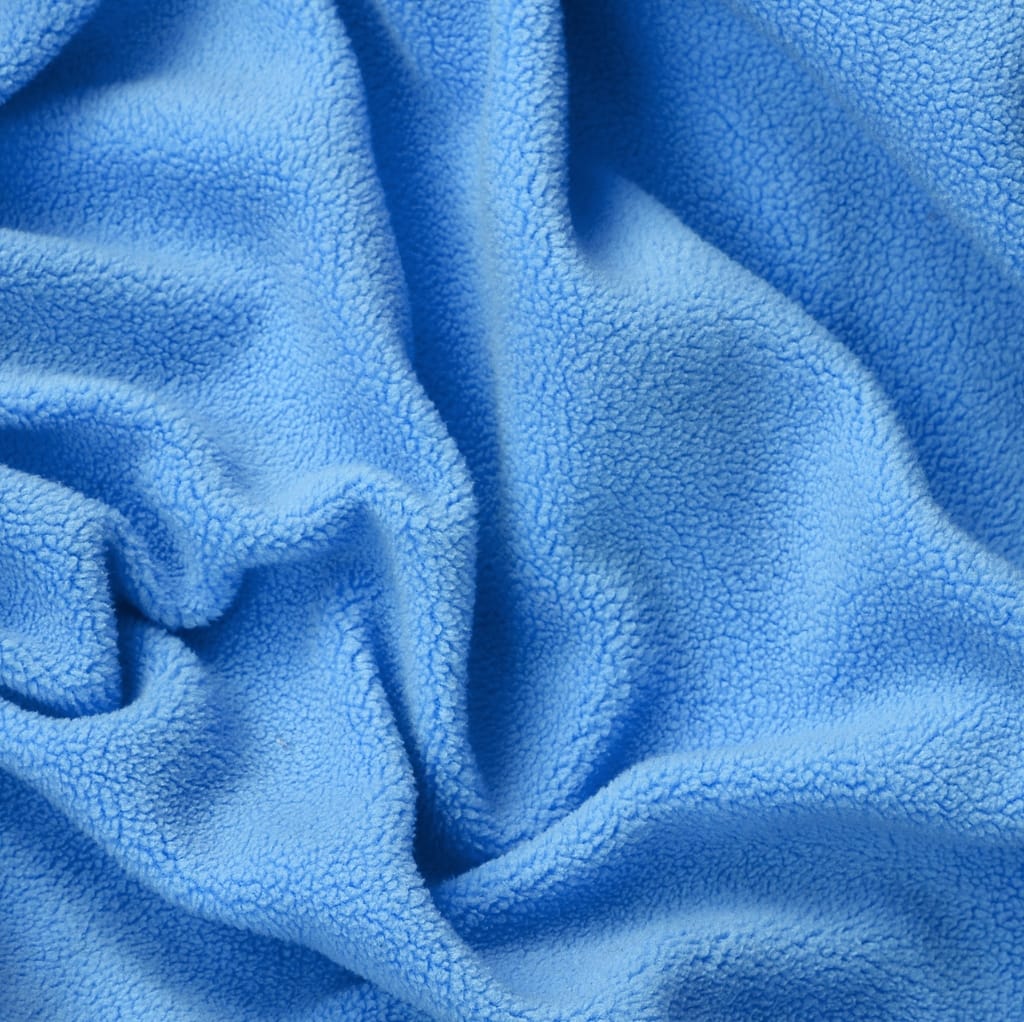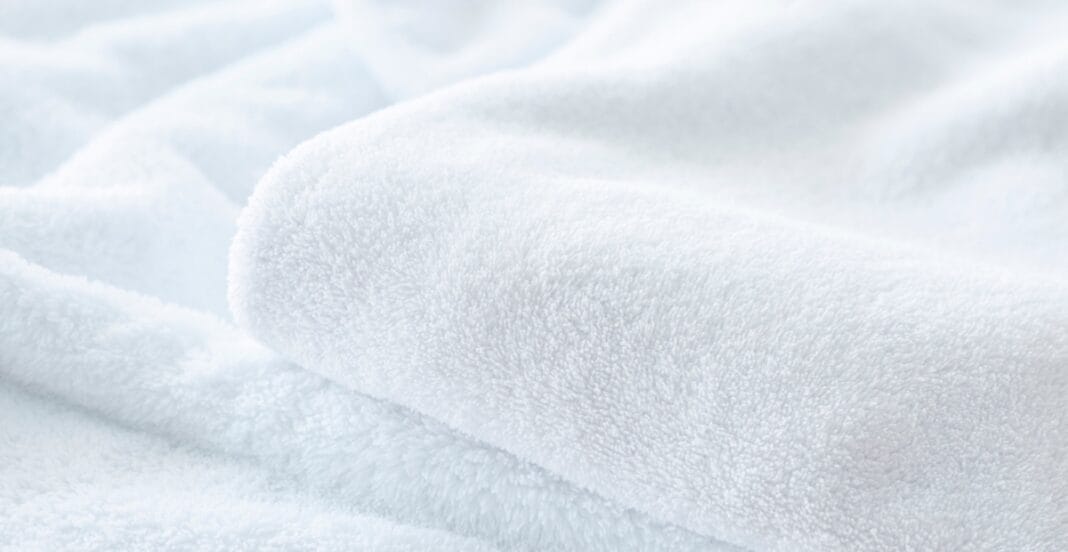When icy winds whip through town, few things feel as reassuring as slipping into a piece made of fleece. The fabric is delightfully soft, surprisingly light, and it seems to show up absolutely everywhere. Whether we reach for a hooded jacket, a throw on the sofa, or sleep shorts for a cool night, fleece quietly stitches itself into almost every corner of daily life. But what sets this synthetic textile apart? How does it trap heat without becoming bulky, and can it really serve us year-round? This article answers those questions in plain language. Fleece Fabric Explained is your straightforward guide to understanding the cloth that keeps us warm inside and out.
Table of contents
- What Is Fleece Fabric?
- The Story and Growth of Fleece
- What Is Fleece Made Of and Why It Matters
- Why Fleece Fabric Is So Warm and Soft
- Fleece in Fashion and Everyday Wear
- Taking Care of Fleece so it Lasts
- Fleece and the Environment: What to Know
- Fleece Beyond Fashion: Rising Star of Home Goods
- Fleece: Your Trusty Ally in Cold Weather
- Conclusion
- FAQs
What Is Fleece Fabric?
To grasp what fleece really is, you should start with the basics. Fleece does not come from grazing sheep on open pastures. Rather, it is a human people cloth, mostly polyester, that feels almost magical in its softness. Often brands turn discarded plastic bottles into the yarn, so the fabric can claim an eco-friendly edge. While it echoes the loft of wool, fleece sits far lighter against the skin.
Wearers appreciate how fleece catches body heat yet pushes moisture outward. That trait keeps you toasty without turning sweaty. Whether you are curled under a sofa throw or tramping over frozen trails, fleece tries to balance warmth and breathability.

The Story and Growth of Fleece
Fleece as we know it arrived only after the 1970s. Malden Mills, a small Massachusetts firm, unveiled the product in 1979 and nicknamed it Polar Fleece. Designers intended it as an airy substitute for traditional wool, which can stretch, itch, and soak. To outdoorsy shoppers, the new fabric soon felt like an essential item.
Gear makers quickly adopted fleece for jackets, pullovers, hats, and trail-ready pants. Climbers, skiers, and weekend walkers praised the cloth. Unlike wool, fleece shed water fast and lost almost none of its warmth when damp. That combination cemented the fabrics reputation in both casual wardrobes and technical packs.
Fleece fabric has come a long way since it was first machine-knitted decades ago. Though each type targets a distinct use, they unite under one appealing quality: pure comfort.
What Is Fleece Made Of and Why It Matters
The basic building block of modern fleece is polyester. Makers sometimes add small amounts of cotton or spandex, too. Why bother with that extra fiber? Because the blend directly shapes how the fabric breathes, stretches, and holds up over time.
Adding cotton usually increases breathability and softness. Sprinkling in spandex gives the material noticeable snap. Together these tweaks let fleece slide easily from lounge days to serious workouts.
When brands rely on recycled polyester, they cut new plastic from the system. That tiny label can shift a garment from mere cozy to quietly heroic. Buying recycled fleece means grabbing heat and backing a cleaner planet at once.
Why Fleece Fabric Is So Warm and Soft
Fleece feels plush mainly because of its special knitting and finishing steps. Makers first knit long strands into loops, then gently brush the surface. That brushing lifts countless micro-loops, giving them a soft standing height. The loops trap still air like tiny cushions, locking warmth inside and barring icy drafts.
Unlike wool, fleece lacks coarse fibers that jab or irritate the skin. Thats why even small children gravitate toward it without complaint. Best of all, that velvety feel doesnt sacrifice warmth. A single, thin fleece layer traps body heat far better than one might expect.
While retaining heat, fleece stays remarkably light. Slip it on and you hardly notice its presence, yet youre still shielded from chill. Whether fashioned as a roomy hoodie or a travel blanket, fleece wraps the body in a tender, unobtrusive hug.
Fleece in Fashion and Everyday Wear
What once lived only on ski slopes has now settled comfortably in everyday wardrobes. Designer cotton fabric now shape fleece into jackets, joggers, neck gaiters and even upscale handbags. The fiber has claimed a central place in athleisure lines as well.
Its appeal lies in that remarkable versatility. Zip into a fleece pullover for a brisk morning stroll, then leave it on while Overdose-watching at home without missing a beat. Such easy role-switching endears fleece to toddlers, Elders and everyone in between.
An almost endless palette of colors and prints sweetens the deal. From eye-catching motifs to muted fundamentals, the fabric can slide seamlessly into nearly any wardrobe. That range is why fleece has quietly become a go-to for almost every person. Read more Types of fleece fabric
Taking Care of Fleece so it Lasts
Fleece is tough, but it still benefits from good care. Wash it in cold water, not hot. Use a mild detergent that lacks harsh chemicals. Hot water or aggressive soap break down the fibres over time. Leave out fabric softener. The softener may make towels fluffier, but it leaves a film on fleece and blocks breathability. Let garments air dry or tumble dry on the low setting.
Pilling is another concern. Small balls of fabric form on the surface after repeated wear. To minimise this, turn the garment inside out before washing. If pills appear, run a fabric shaver or a sweater stone gently over the area. Treat your fleece well, and it will remain quick-drying, warm, and youthful for years.

Fleece and the Environment: What to Know
Yes, fleece is a synthetic fabric, and yes, it comes from plastic. That fact raises questions about microplastics in waterways. Every wash releases tiny synthetic strands that slip through most household filters. Manufacturers are responding. Some brands use recycled PET bottles, while others design fabrics that shed fewer fibres with each spin. You can further reduce harm by washing in a mesh bag or installing a filter on your machine.
Here is the good news: fleece is durable, so it doesnt wear out fast and rarely needs replacing. That longevity cuts down on landfill. When we make and care for it sensibly, its environmental footprint shrinks and even the humble fleece earns a greener badge.
Fleece Beyond Fashion: Rising Star of Home Goods
Fleece is no longer confined to jackets and hats. Designers now turn to it when creating useful items for the house. Picture a soft fleece throw tossed over a sofa. Think of a baby blanket that cradles tiny shoulders like a puff of cloud. Pet beds, cushion wraps, and even cozy covers for hot-water bottles pop up in the fabric every day.
The reason is simple: fleece costs little, washes easily, and endures heavy use. Manufacturers appreciate that it adds inviting warmth without pushing retail prices sky-high. Crafters, both seasoned and new, share that admiration. Snip a length with regular scissors and the edge stays put; no need to sew a hem. That trait makes fleece the backbone of every quick, no-sew project.
In other words, this material quietly slips into nearly every room, lending a touch of homely comfort.

Fleece: Your Trusty Ally in Cold Weather
When chill settles in, fleece steps up without fuss. Unlike wool, it absorbs almost no water, so wet or snowy days are no problem. Even after a light splash, the fabric still traps body heat. Air moves freely through the fibers, so you do not emerge drenched in sweat. That balance is crucial when stacking layers for winter. A thin fleece pullover under a waterproof shell becomes a reliable, adjustable shield against the elements.
Hikers, runners, commuters-you meet them all in fleece. The fabric traps heat without bulking up. That balance explains why fleece dominates cold-weather closets worldwide.
The Future of Fleece: Innovation and Sustainability
Fleece is evolving faster than you might think. Companies are testing plant-based options alongside trusty polyester. Bamboo fleece, for instance, is soft, sturdy, and fully biodegradable. Meanwhile, some brands are mixing in smart fibers. These hybrids sense body heat, cool when needed, and even fight odors. Such features could transform the gear of weekend adventurers.
New dyeing techniques matter, too. They slash water use and limit toxic runoff. So todays improvements make tomorrows fleece both high-performing and low-impact.
Conclusion
There you have it-fleece, from base fiber to couch throw, in plain terms. Far more than a trendy plush, fleece combines comfort, breathability, and science. Whether you pull on a jacket for a cold hike or toss a blanket over the sofa, that lightweight knit adapts to countless tasks. Now, when the fibers hug your shoulders, you will carry a bit of background knowledge along with the warmth. Read more: Types of fuzzy fabric :
FAQs
Most fleece starts as polyester, often recycled from bottles or old garments.
Fleece keeps you toasty even when damp, though heavy wool wins in biting dry air.
Lightweight fleece works on cool evenings or in chilly offices, but the bulkier stuff quickly becomes stifling.


